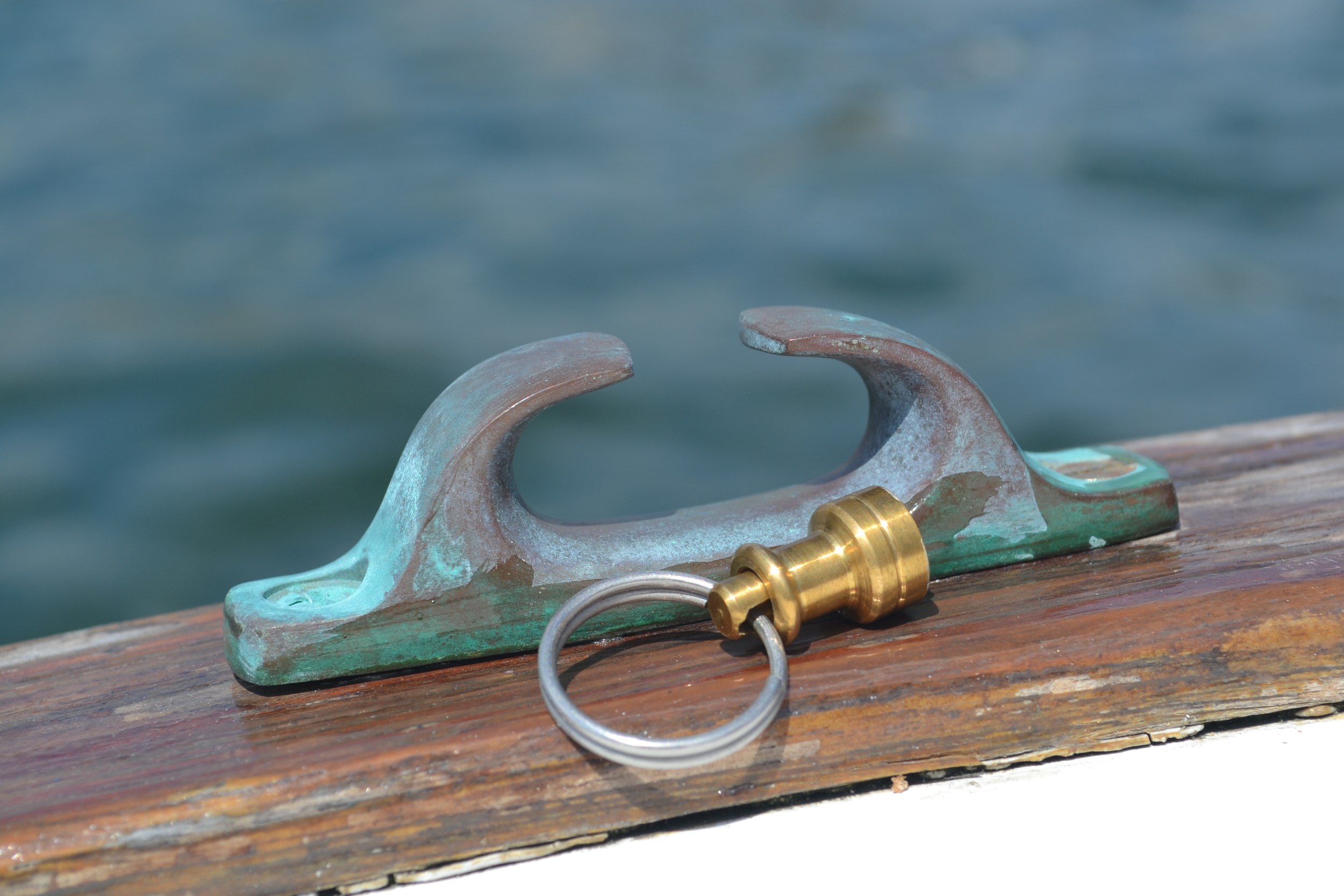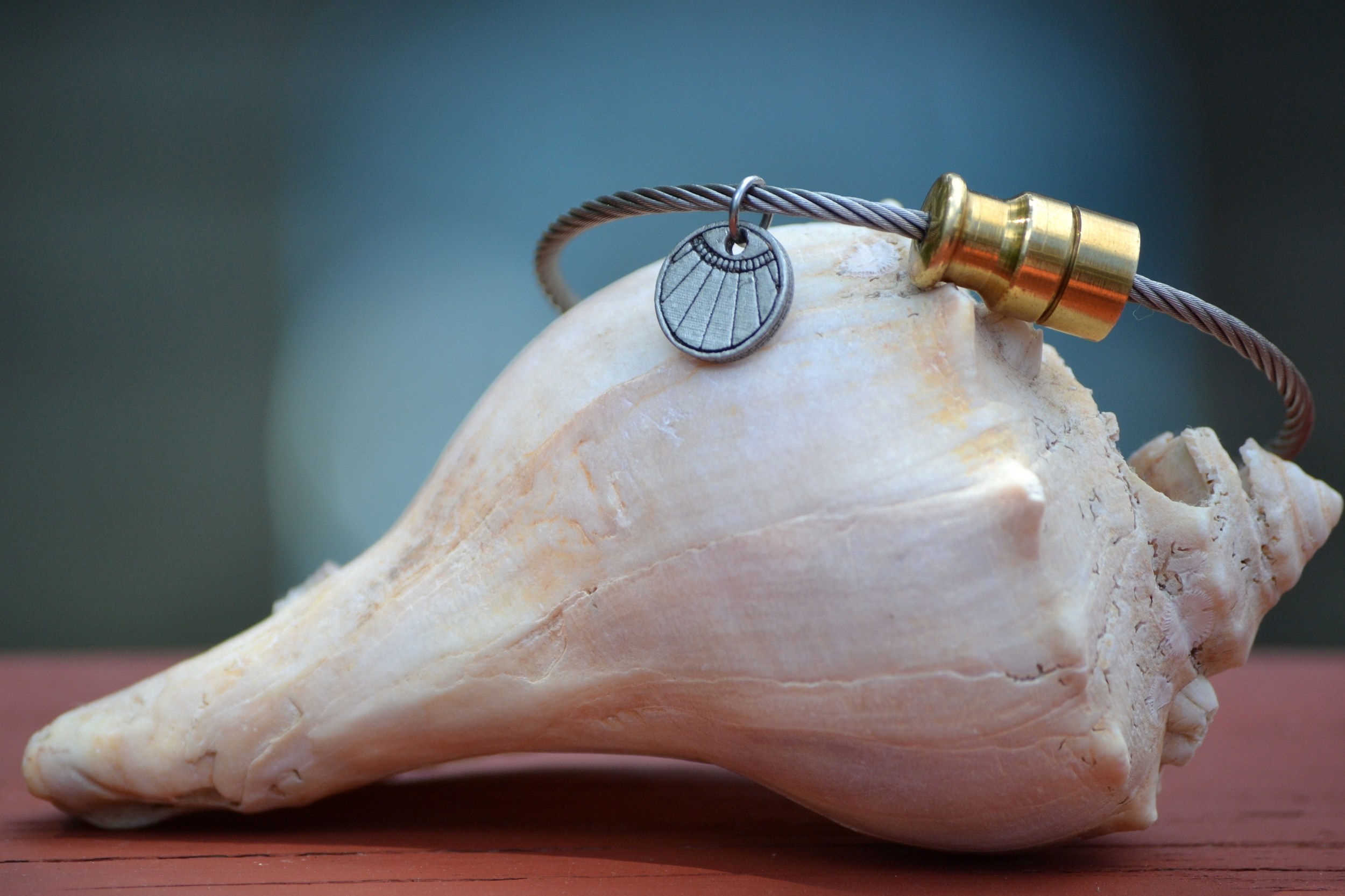Design Thinking
/Where does your passion and inspiration come from? One of my enjoyments is sailing. I really like the sport and the water, many of our ideas for product come from this passion. Our business tag line is Connecting Art to Part, it is integral to our creative approach to design for manufacturing and problem solving!
In our mechanical work we are guided by the simple approach of form following function so we are acutely aware of the art of engineering in everything we do! This is my passion and many of my product idea inspirations comes from sailing and it's surroundings. Take a look at the gallery by clicking on the picture, there are six photos!







